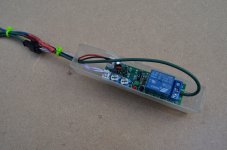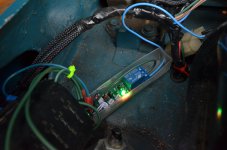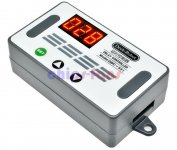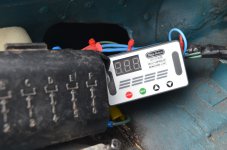....................................
I think ideas like that are good if you can sell enough to pay for your development parts at the least. .....................................
I have a few projects I am aiming to finish with a plan to sell at least a dozen so that I can recoup some costs.
Many years ago I would have parts remade... simply because they were unobtainable or such poor quality..
It was only as a hobby to get things I wanted.. I would as you say "sell a few" to recoup some costs...
More and more these days I am thinking of doing the same, trouble is most of teh people I used have sadly shuffled off this mortal coil.....
But i have been looking at new ways of doing things, and having dabbled a little I do feel that owners of some marques have a different attitude...
On the Etype Forum there is a guy who remakes so many parts that the main spares dealers are taking note that "It does the Jn, it works, it's almost right" is no longer good enough...
In addition things that make everyday classics more useable are becoming more popular..
123 Distributors and Dynalite alternators cost more than originals but they sell well...
If Peter can buy sufficient parts to create one kit and be able to reproduce it easily that is the only investment... the hardest part is the instructions, as several languages would be a big requirement..
Then take photos and simply contact the main suppliers....
A few terms and conditions... include a non liability - owners fit at their own risk...
you could even set a minimum price you would expect them to sell for so as to avoid undercutting etc....
Then decide a minimum order number and see what the response is....
You could even make a few and put them on ebay....
ohh as an extra I would test them and seal them in a plastic case....








